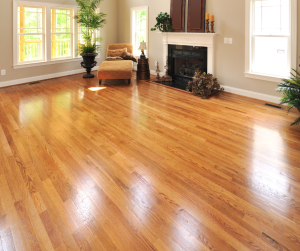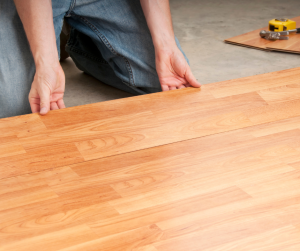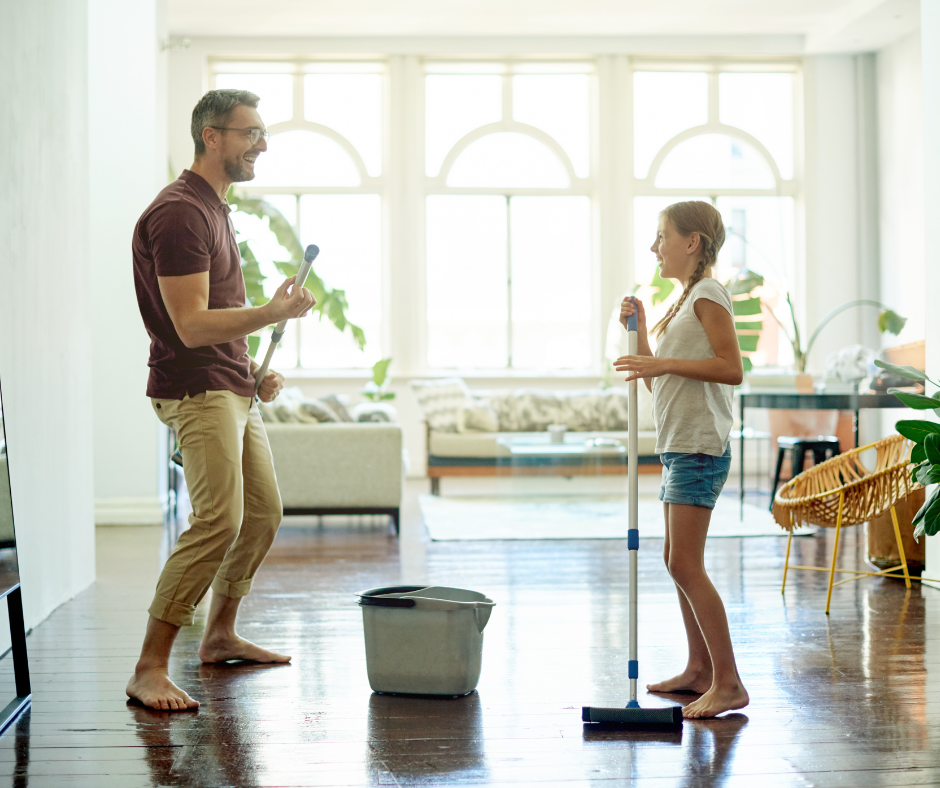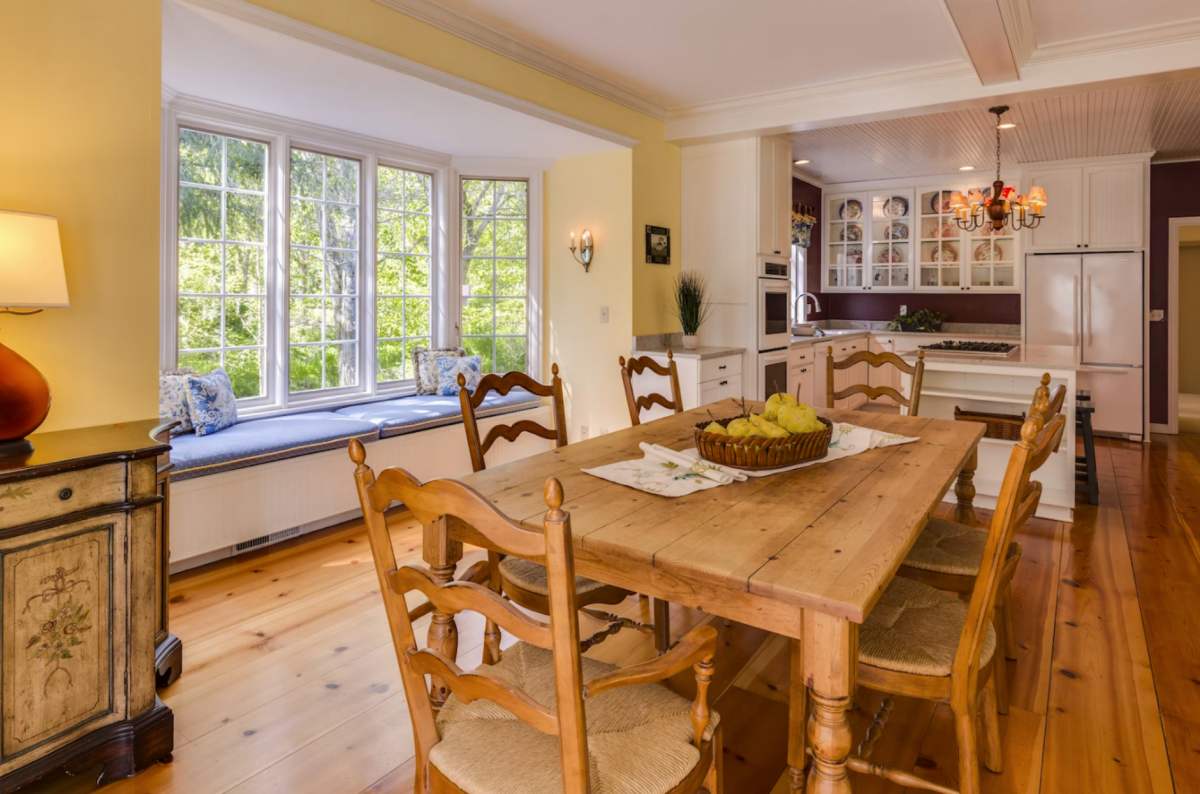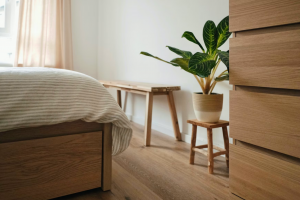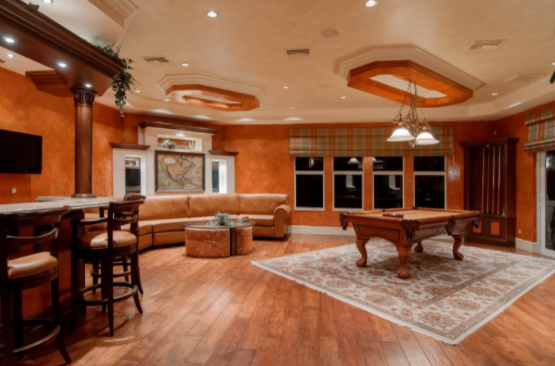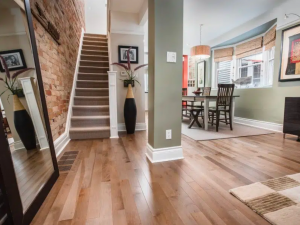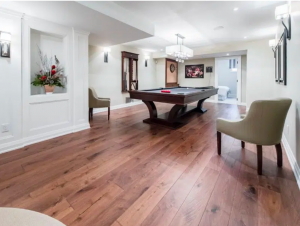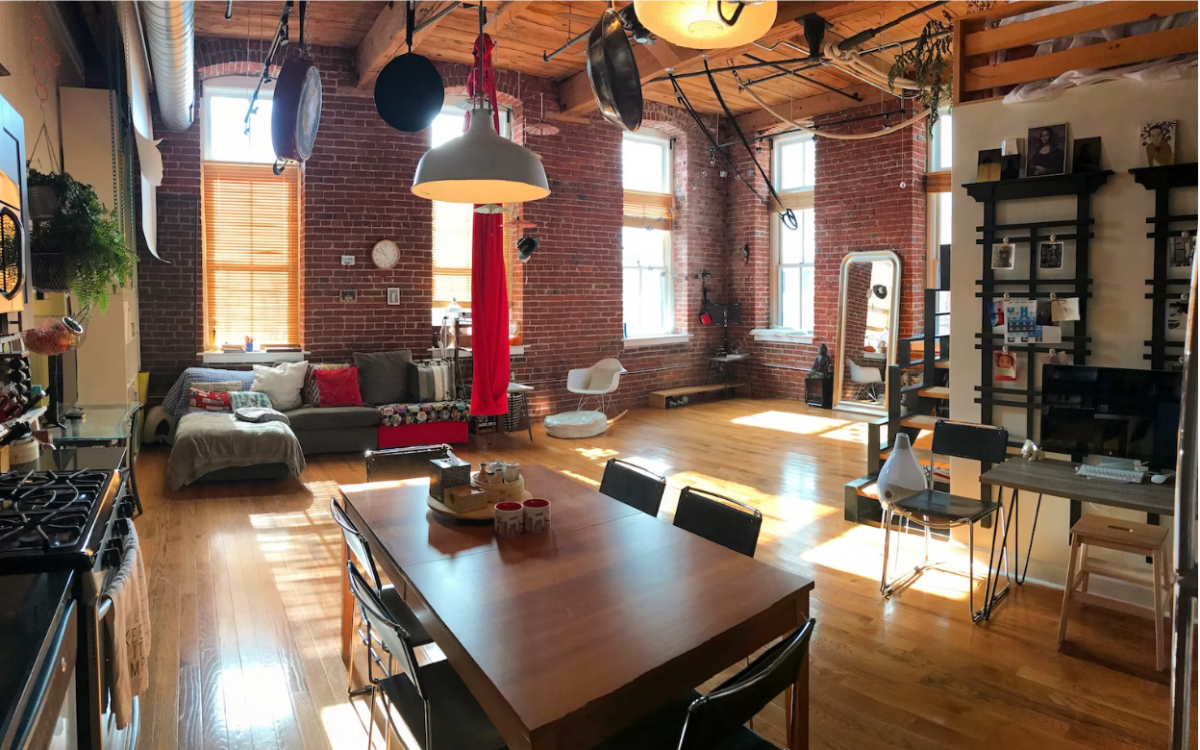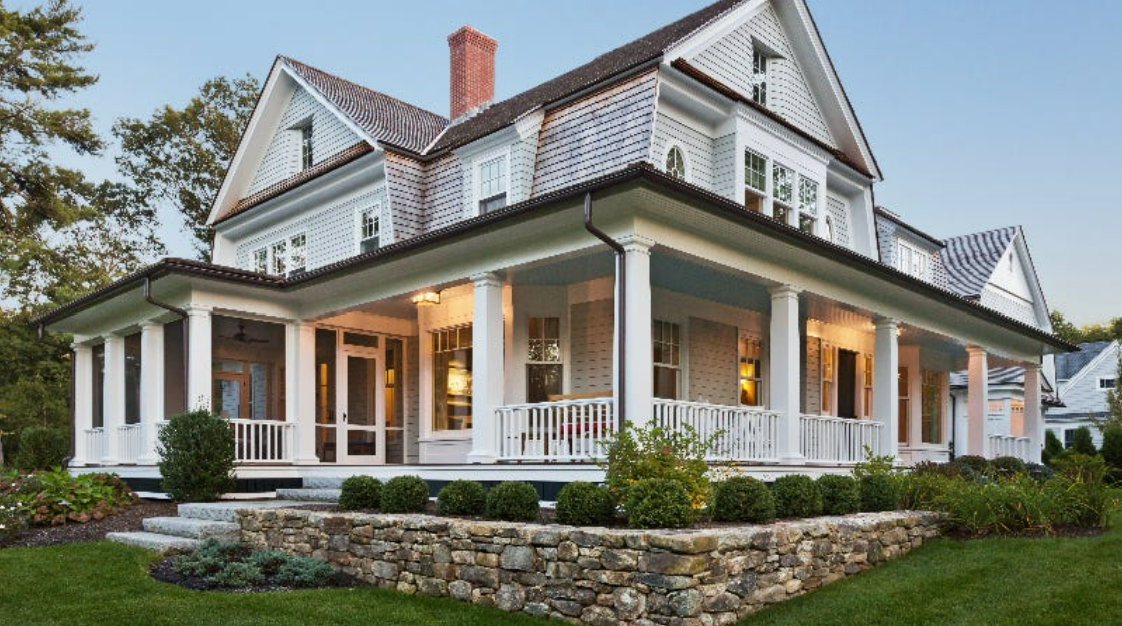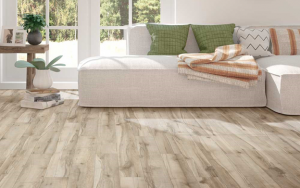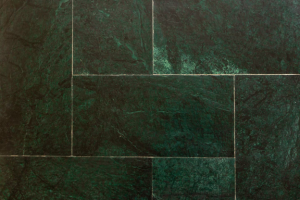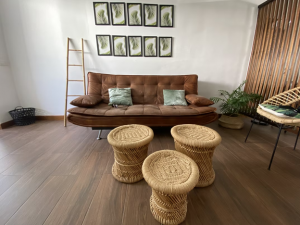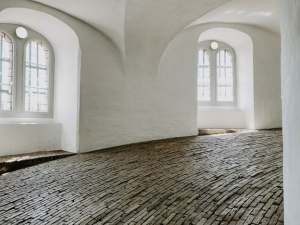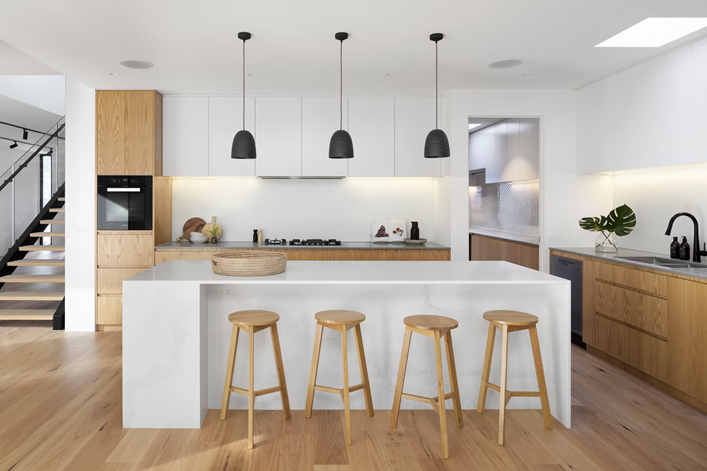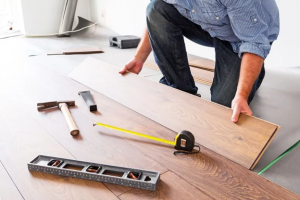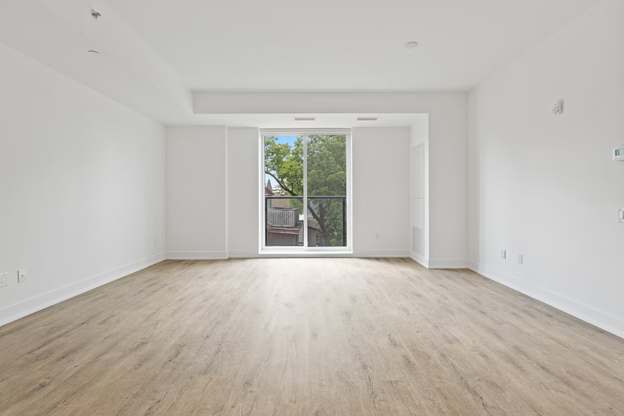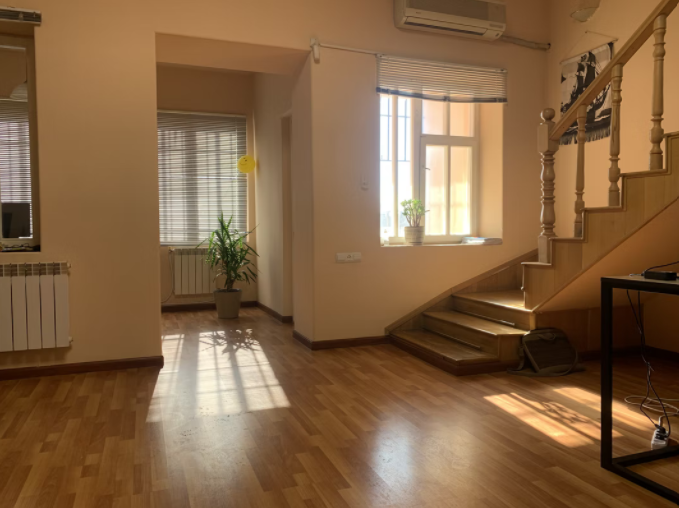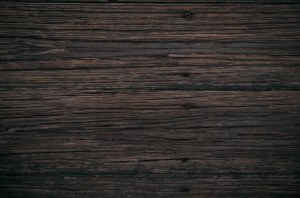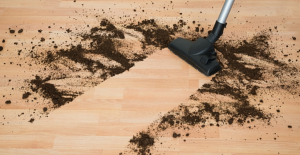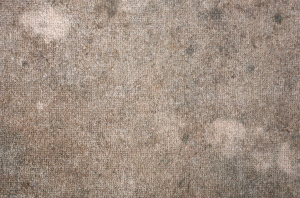Whether you’re selling your home or looking for a way to refinance your mortgage, there are several things that you can do to increase your home’s value. You can make it more appealing by adding more rooms, or you can improve its energy efficiency. There are also ways to improve your mortgage, which is a popular option for many people.
Energy Efficiency
There is a growing body of research demonstrating that energy efficiency increases home value. This is good news for homeowners, business owners, and utilities alike. Energy efficiency improves property values by reducing energy consumption and lowering operating costs. In fact, energy-efficient buildings and homes are often sold at a premium.
The American Council for an Energy-Efficient Economy has recommended that homeowners adopt mandatory policies that promote energy efficiency. Making home improvements and incorporating new energy-efficient features is a simple way to increase the value of your property. Whether it is installing energy-efficient windows and insulation, making your home energy efficient can increase your property value.
In fact, studies have demonstrated that properties with high energy efficiency ratings can command higher rental rates and sell at a premium. According to the IEA, a high-energy-efficient home can increase a property’s value by as much as 10%. Several organizations have also developed ratings for homes to prove that they are energy efficient.
Some states, however, do not mandate home energy ratings, although they do require an energy assessment. The American Council for an Energy-Efficient Economy’s Summer Study on Building Energy Efficiency found that the market value of energy-efficient homes was understated by as much as 6%. The authors also found that a home’s market value reflects its projected fuel savings discounted at the after-tax mortgage interest rate of a typical home buyer.
Making Your Home More Attractive
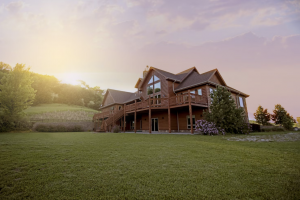
Making your home more attractive to potential buyers is an important way to increase its value. There are several ways to do this. One way is to add more square footage. Adding square footage can add a significant amount of value to your home. However, it can be expensive, so you may want to consider hiring a contractor to do this.
To get the best results, do your research and make sure the contractor is licensed to work on your home. Another way to make your home more appealing is to replace dated fixtures and hardware. This can be as simple as replacing a front door with a new one. You can also add smart technology to your home, which many buyers are interested in. We’ll talk about that later on.
But one of the best things you can do is add wood floors to your home. Wood floors are very popular among homebuyers, and they can increase the value of your home significantly. If you’re not sure about adding wood floors, you can always consult with a real estate agent to see if this is a good option for your home.
With wood floors, the beauty is in the eye of the beholder, so if you have a home with beautiful hardwood floors, that will definitely increase its value. Therefore, if you have the budget for it, adding wood floors to your home is a great way to increase its value. Since it pays for itself, it’s pretty much a no-brainer.
Refinancing Your Mortgage
When you refinance your mortgage, you will usually pay less each month, which will reduce the financial burden on your household and make it easier to invest in other areas. However, this process is not without risks. Predatory lenders can tack on hidden fees and costs and you should know what to look out for.
Interest rates are a huge factor to consider when refinancing your mortgage. They vary depending on your credit and market conditions. For example, a mortgage that was taken out in 2007 may have a higher interest rate than the one you are currently paying. If interest rates are likely to rise in the near future, you may want to lock in the current interest rate.
The benefits of refinancing your mortgage go beyond lower payments. Depending on your situation, you may be able to qualify for a lower interest rate, shorten your loan term, or get more equity in your home. These benefits will help you achieve your financial goals. Refinancing your mortgage may even enable you to access your home equity without selling it.
There are several types of mortgage refinancing. You can opt to use the cash to pay off debts or invest it in another project. However, it’s best to weigh the rewards and costs of each option. Some homeowners may choose to cash out their equity and use the money for debt payoff, while others may prefer to wait and see if their home value increases further before investing it.
Painting
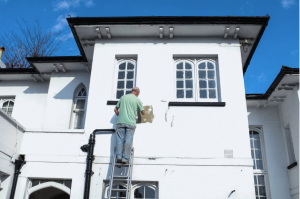
If you want to increase your home’s value, consider painting the exterior. A well-maintained exterior can increase your home’s value by two to five percent. Moreover, it makes a statement to passersby and shows pride in your home. Besides, the exterior of your home also hints at its interior condition, which is equally important for selling purposes.
The cost of painting the exterior and interior of your home is usually between $900 and $1,400 depending on a variety of factors. But on average, your home value can subsequently go up several thousand dollars. This is one of the most affordable ways to increase your home’s value. However, it is important to choose the right color for your house.
Before you start the painting project, make a list of rooms that need the most attention. Prioritize the rooms that will be most visible to potential buyers. If you aren’t sure which rooms to paint, start with the foyer, entryway, and primary bedroom. If your home has paint damage, be sure to fix it before painting. Otherwise, the damage will stand out to potential buyers and appraisers. In addition, consider painting only certain rooms at a time.
You can also consider painting the exterior of your home a neutral color. Neutral colors have the highest appeal because they go with anything. They also help highlight your home’s exterior features and architectural details.
Adding a Smart Thermostat
Adding a smart thermostat is a great way to increase your home’s value and reduce your energy bills. Many smart thermostats include indoor air quality controls, which help keep your home clean and fresh. In addition, health is a big concern for many home buyers, and smart thermostats can help to assure that your home is healthy.
Smart thermostats are connected to the internet and can be controlled through an app or other Wi-Fi gadget. They also have a variety of smart lighting options, which are energy-efficient and can be controlled from a distance. Multicolored Wi-Fi smart bulbs can help you create different ambiances in different rooms. Tunable white smart bulbs are great for adjusting the temperature to fit the time of day and night. The right lighting can even improve sleep patterns!
Smart thermostats are becoming a popular addition to smart homes. They can be controlled remotely and can even learn your habits and recommend energy-efficient settings. Another smart home feature is a smart lock, which provides an extra level of security and convenience. These types of features can be installed quickly and easily.
Smart home technology is one way to improve your home’s energy efficiency and increase its value. While these devices aren’t cheap, they can help you save money while making your home more comfortable and energy-efficient. They can cost between $200 and $500. Other upgrades can include replacing old leaky windows and installing energy-efficient appliances, as well as adding insulation.
Conclusion
There are many ways to increase your home’s value. Installing wood floors in your home is our recommended tip. Not only will this make your home more valuable, but it will also make it more comfortable and inviting.
If you’re in the Denver area and have an interest in installing wood floors in your home, MacDonald Hardwoods is a great place to start. MacDonald Hardwoods has a wide variety of wood floors to choose from, as well as a team of experts who can help you select the best floors for your home.
Contact MacDonald Hardwoods today to get a quote for your unique needs!


